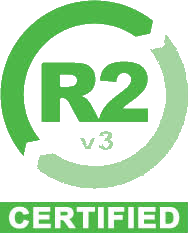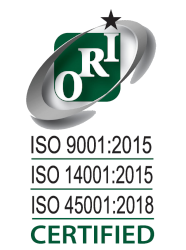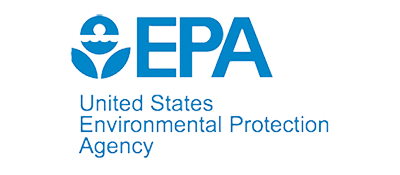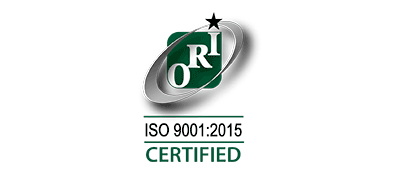Published on December 7, 2021, Updated on December 21, 2021
Eye Care’s Delicacy and Complexity in Washington
Equipment Recycling for the Eye Care Professionals Industry
Ophthalmic assistants, ophthalmic technicians, and ophthalmic pathologists regularly work to thoroughly solve problems that may arise with the eye, such as simple vision correction or the diagnosis of ocular disorders.
Ophthalmologist
Optometrist
Optician
An ophthalmologist in Washington is a medical professional who specializes in eye care and can diagnose and treat eye problems, as well as perform surgery if necessary. An optometrist may also do eye exams and diagnose ailments, but his or her medical treatment choices are restricted. The primary responsibility of an optometrist is to detect the level of refractive error and to prescribe contact lenses or glasses to correct the error and improve vision. The work of an optician is to fit a patient’s spectacles to his or her face.
Because each of these professionals performs a variety of activities, they require a variety of tools to execute their tasks. When these complicated devices must be replaced, 1 Green Planet understands the need of properly and sustainably disposing of them in Washington.
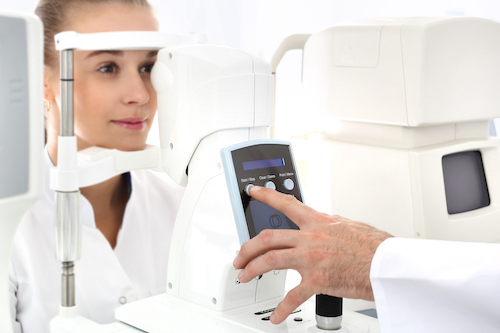
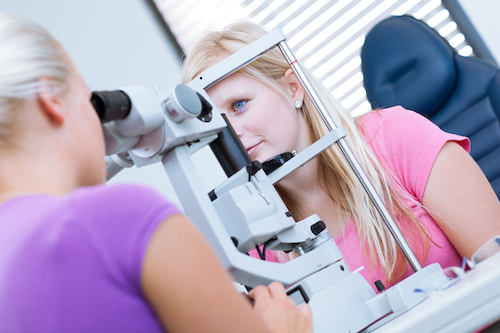
Recycling The Equipment of Ophthalmologists
Ophthalmologists in Washington thoroughly check the various regions of the eye for symptoms of illness. To check all components of the eye, many types of equipment are employed.
Front of the Eye
The cornea, lens, and pupil are all structures in the front of the eye. The iris, or colored component of the eye, and the sclera, or visible “white” of the eye, are both included. The following tools were used to inspect these structures:
Manual Keratometer: Measures the steepness or flatness of the cornea.
Pachymeter: Measures the cornea’s thickness.
Slit Lamp: Shines a tiny beam of light into the eye, allowing the structures to be viewed and analyzed with the associated microscope.
Back of the Eye
The retina is the rear of the eye. The light that enters the eye through the pupil is focussed by the lens, which produces a picture onto the retina. The optic nerve also joins at the rear of the eye and provides visual information to the brain. Retinal cameras, which allow physicians to capture a picture of the area, are among the devices used to inspect the back of the eye.
Interior of the Eye
The area within the eye is filled with fluids known as humors. Glaucoma is a disorder that causes the pressure of these humors to rise. It is diagnosed with a tonometer, which measures the pressure in the eye.
An ophthalmoscope is a basic instrument used by eye doctors. It enables him or her to inspect every aspect of the eye. A direct ophthalmoscope is a tool that may be held in one’s hand, whereas a binocular indirect ophthalmoscope is worn on the doctor’s head.
1 Green Planet provide services for electronic recycling in Washington state for all the parts used by Ophthalmologists.
Recycling Optometrists’ Equipment
The function of an optometrist is to prescribe corrective glasses to correct refractive problems. This necessitates the use of several tools.
Autorefractor: This technology detects a person’s refractive error and provides an almost quick prescription number.
Visual Acuity Charts: These aid in determining how clear one’s vision is. Digital eye charts are becoming more common, despite the fact that they are occasionally still printed on paper or cardboard.
Phoropter: This equipment enables the optometrist to compare several lens strengths in order to fine-tune a patient’s prescription.
Recycling Opticians’ Equipment
Once a prescription has been determined, the lenses have been produced, and the glasses have been built, the optometrist’s job is to fit the spectacles to the patient’s face. This typically needs the use of manual tools such as particular screwdrivers and pliers, while other more advanced instruments may be employed as well:
Lensometer: Determines the power of an existing lens by measuring it.
Distometer: Vertex distance is the distance between the cornea and the lenses of the glasses.
Pupilometer: Distance between pupils is measured; not to be confused with the similarly named tool used to assess responsiveness in acute care.
Polariscope: Measures internal stresses of the lenses.
Get recycling services in Washington for all tools used during the prescription.
Time To Simplify
Your practice may be complicated, but equipment disposal does not have to be. 1 Green Planet destroys eye professional equipment, records, data, and X-ray films in a safe, secure, and ecologically friendly manner. We will even pick up items at your place for free. Contact us near Washington today to see how we can best help you.


